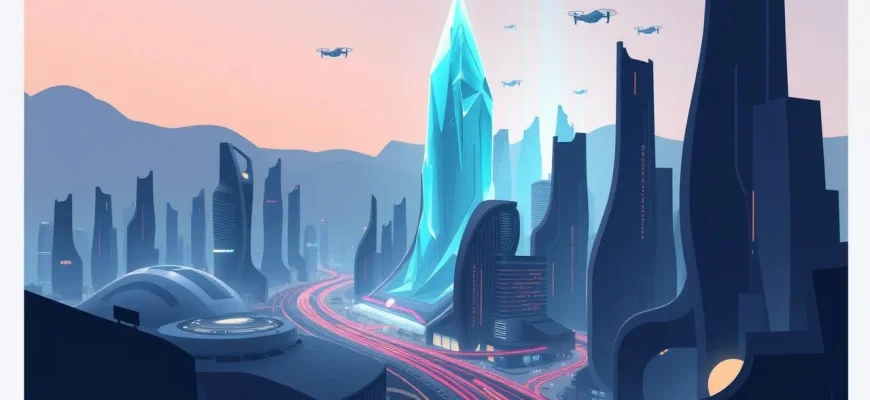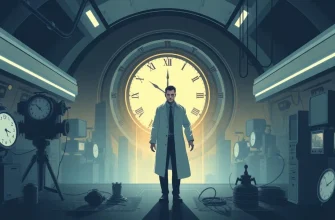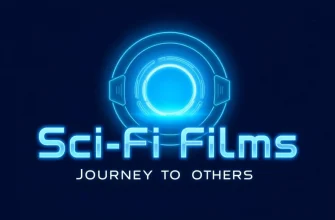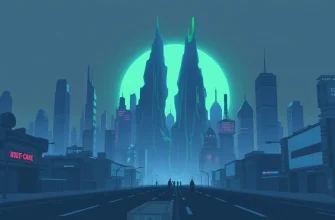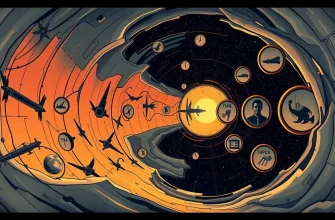Dive into the realm of the unknown with our curated list of 10 sci-fi films that explore the future in all its fascinating and sometimes terrifying glory. From dystopian societies to technological marvels, these films not only entertain but also provoke thought about where humanity might be headed. Whether you're a fan of mind-bending plots, stunning visual effects, or philosophical inquiries, this collection has something for every sci-fi enthusiast.
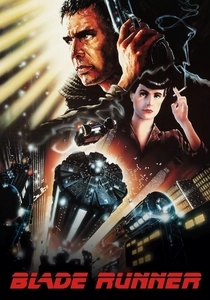
Blade Runner (1982)
Description: Set in a dystopian future where synthetic humans known as replicants are bioengineered by the powerful Tyrell Corporation for use in off-world colonies, Blade Runner delves into themes of identity, humanity, and what it means to be alive.
Fact: The film's iconic "tears in rain" monologue was largely improvised by actor Rutger Hauer. Also, the movie's visual style heavily influenced the cyberpunk genre.
 Watch Now
Watch Now 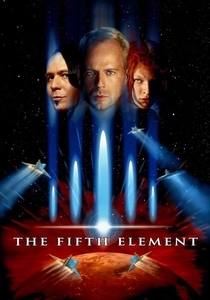
The Fifth Element (1997)
Description: This visually stunning film by Luc Besson is set in the 23rd century, where a cab driver named Korben Dallas must save the world from an evil force with the help of a mysterious woman who embodies the fifth element.
Fact: The film's script was originally written in French, and it took Besson six years to get the funding to make it in English.
 Watch Now
Watch Now 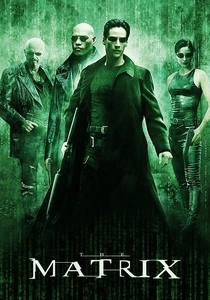
The Matrix (1999)
Description: This film explores a future where reality as perceived by most humans is actually a simulated reality called "the Matrix," created by sentient machines to subdue the human population while their bodies' heat and electrical activity are used as an energy source.
Fact: The Wachowskis developed the concept for "The Matrix" after reading Jean Baudrillard's "Simulacra and Simulation." Also, the film's "bullet time" effect revolutionized visual effects in cinema.
 Watch Now
Watch Now 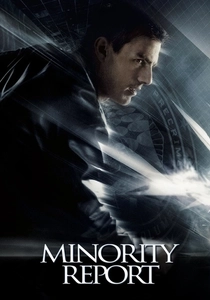
Minority Report (2002)
Description: In this Steven Spielberg thriller, Tom Cruise plays a cop in a future where crime can be predicted before it happens, thanks to precognitive humans. The film raises questions about free will, predestination, and the ethics of pre-crime.
Fact: The film was based on a short story by Philip K. Dick. Spielberg used real technology prototypes for the futuristic gadgets seen in the movie.
 Watch Now
Watch Now 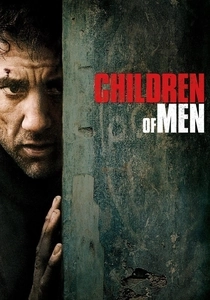
Children of Men (2006)
Description: Set in 2027, this film presents a world where humans have become infertile, and society is on the brink of collapse. A former activist agrees to help transport a miraculously pregnant woman to safety, offering a glimmer of hope for humanity.
Fact: The film was shot with long, uninterrupted takes, giving it a documentary-like feel. Also, the movie's bleak future was inspired by real-world events like the London bombings.
 Watch Now
Watch Now 
A.I. Artificial Intelligence (2001)
Description: Directed by Steven Spielberg from a story by Stanley Kubrick, this film tells the story of David, a childlike android programmed with the ability to love, who embarks on a journey to become "real" to win back his human mother's affection.
Fact: The film was in development for over 20 years, with Kubrick initially planning to direct it before his death. Spielberg took over and made it his own.
 Watch Now
Watch Now 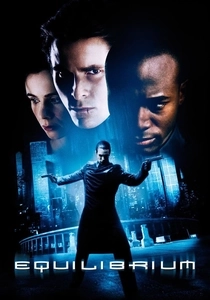
Equilibrium (2002)
Description: In a future where all emotion is suppressed by a drug called Prozium, a law enforcement officer begins to question his own feelings and the regime he serves, leading to a rebellion against the oppressive government.
Fact: The film's "gun kata" fighting style was created specifically for this movie, blending martial arts with gunplay. Also, the film was shot in Berlin, which added to its dystopian aesthetic.
 Watch Now
Watch Now 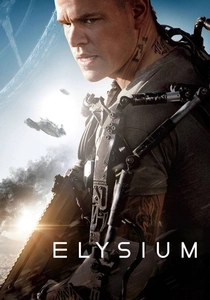
Elysium (2013)
Description: In this Neill Blomkamp film, the rich live on a luxurious space station called Elysium, while the rest of humanity struggles on an overpopulated, ruined Earth. The story follows a man who attempts to infiltrate Elysium to bring equality to the masses.
Fact: The film's visual effects were done by Image Engine, the same company that worked on "District 9," another Blomkamp film.
 Watch Now
Watch Now 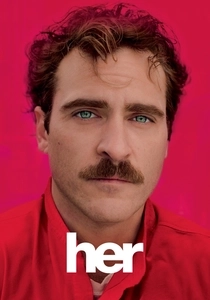
Her (2013)
Description: Spike Jonze's "Her" explores a near future where a lonely writer develops a relationship with an advanced operating system designed to meet his every need, raising questions about love, loneliness, and the nature of consciousness.
Fact: Scarlett Johansson, who voices the OS, was not the first choice; Samantha Morton was originally cast but was replaced during post-production.
 Watch Now
Watch Now 
Wall-E (2008)
Description: Pixar's "Wall-E" presents a future where Earth is covered in trash, and a solitary robot named Wall-E continues to clean up the mess. His life changes when he meets EVE, a sleek probe sent to check for signs of life.
Fact: The film contains almost no dialogue for the first 45 minutes, relying on visual storytelling. Also, Wall-E's design was inspired by old Apple computers.
 30 Days Free
30 Days Free 
